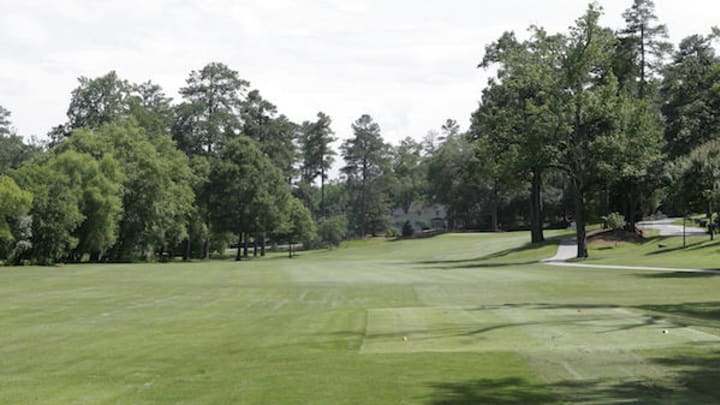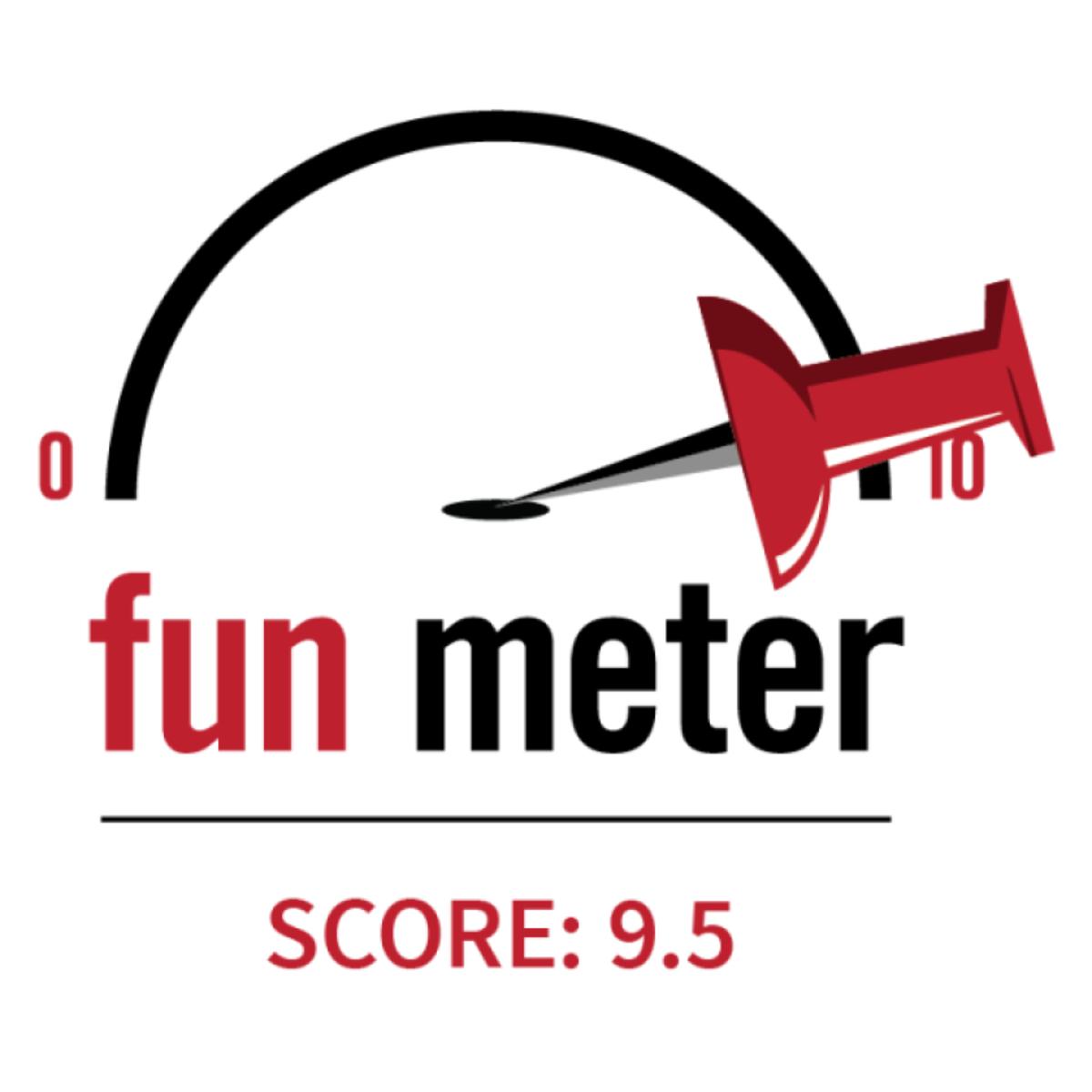Golf Course Review: Hope Valley Country Club | 9.5 Score

Location: Durham, N.C.
Course architect: Donald Ross
Opened: 1926
Restoration: 2003 | Brian Silva
Par: 70
Tee — Yardage | Rating / Slope:
Men
Blue — 6,720 | 72.9 / 136
White — 6,369 | 71.1 / 130
Women
Red — 5,226 | 71.1 / 124 (Par 72)
Saturday morning green fee: $$ – $$$ [$50-$99, with member; $100-$149, without member and requires prior approval from the pro shop].
Caddie service: No
Walker friendly: Yes
Fairways: Bermudagrass
Greens: Hybrid bermudagrass

THE REVIEW
Starter: Donald Ross teamed with an architect and neighborhood planner to design this development in suburban Durham — halfway between Durham and Chapel Hill — in the mid-1920s. The golf course also saw some work from noted architect Perry Maxwell in the 1930s as it takes two counter-clockwise routes around the centrally located Norman Revival clubhouse. The layout rolls through a hilly residential neighborhood with sprawling homes, many of which are listed in the National Register of Historic Places. For instance, the home of Eddie Cameron, the namesake of nearby Duke University’s basketball palace, Cameron Indoor Stadium, is adjacent to No. 12. Part of the club's history is the fact that Byron Nelson won the fourth of his record 11 consecutive PGA historic course has hosted notable events, such as Byron Nelson winning the fourth of a record 11 consecutive PGA Tour titles here in 1945.
Play because ...: This is Donald Ross at his best. The 1926 Ross design is still intact and plays considerably longer that its 6,720 yards from the tips because practically every hole moves through an up-and-down terrain. As usual, the Ross-designed greens are the defense mechanism for the course with fast-paced, undulating putting surfaces surrounded by penal bunkers or rollouts.
Takeaway: The private course is a hidden gem that has been restored a few times, most recently by Ross revivalist Brian Silva in 2003. Walking is the best way to experience this hilly layout, starting from the cozy golf shop building located adjacent to the first tee and with nearly every tee box situated steps from the previous green. The finishing stretch of 16-17-18 ensures that a good round must be completed – a downhill 461-yard dogleg left, bunker-less No. 1 handicap par 4; a dogleg left par 4 with a creek off the tee and a severely elevated green; and the finishing, long par 3.
THE RATINGS
Food | Beverage: 8.0
Pro shop: 8.0
Clubhouse: 10.0
Difficulty: 8.0
Pace of play: 10.0
THE COURSE
Best par 3: No. 18 (210 | 191 | 144 yards)
This difficult finishing hole plays uphill to a green that fronts the white clubhouse. The severely sloping green has a decided false front that necessitates a strong long iron or fairway wood. Adding to the pressure, there’s a plaque behind the tee that denotes Byron Nelson’s fourth win in a record 11 consecutive 1945 victories on the PGA Tour.
Best par 4: No. 11 (450 | 431 | 347)
Ben Hogan once touted this long, dogleg right hole as one of his favorites after playing in the PGA Tour's Durham Open in the mid-1940s. A creek runs down the left-hand side, while trees and out of bounds frame the right. The approach is to an elevated green set on a hillside at a right angle.
Best par 5: No. 8 (527 | 499 | 415)
Keep in mind there are only two par 5s on the course, one on each nine. The drive on the course’s longest hole must avoid fairway bunkers on the left. The second shot has to move through a valley short of the green, which is backed by out of bounds.
INFO
Phone: 919.489.6565
Website: www.hvcc.org
Facebook: @HopeValleyCC
Instagram: @hopevalleycc
Twitter: @HVCC_Clubhouse
